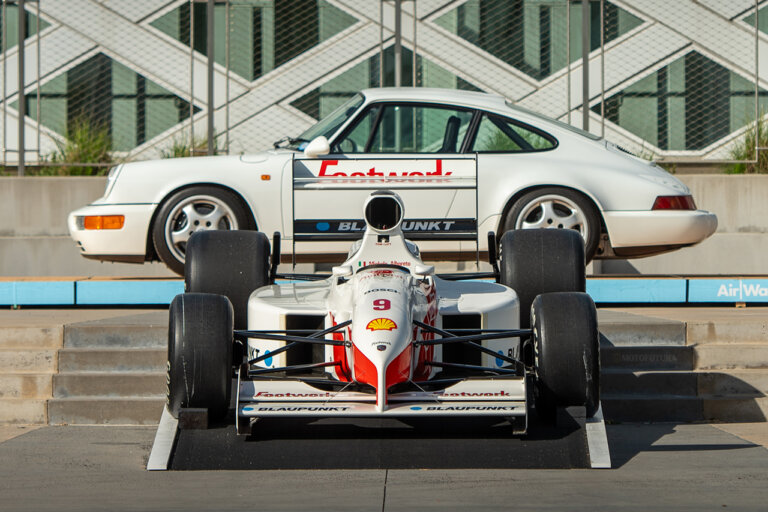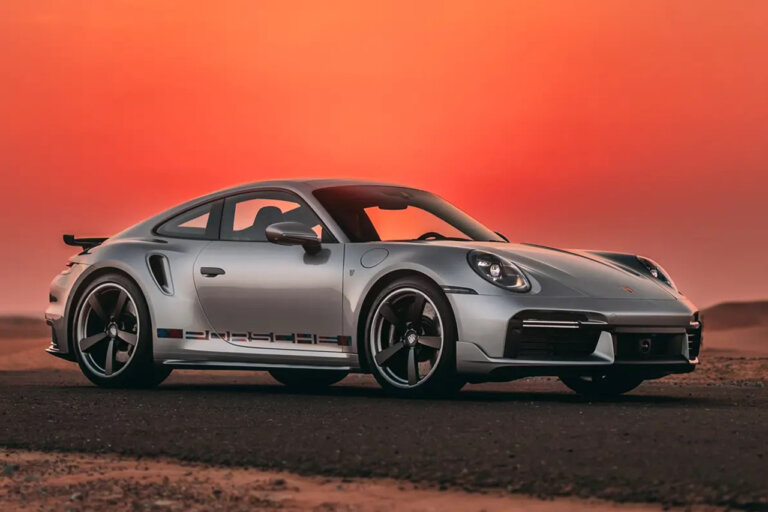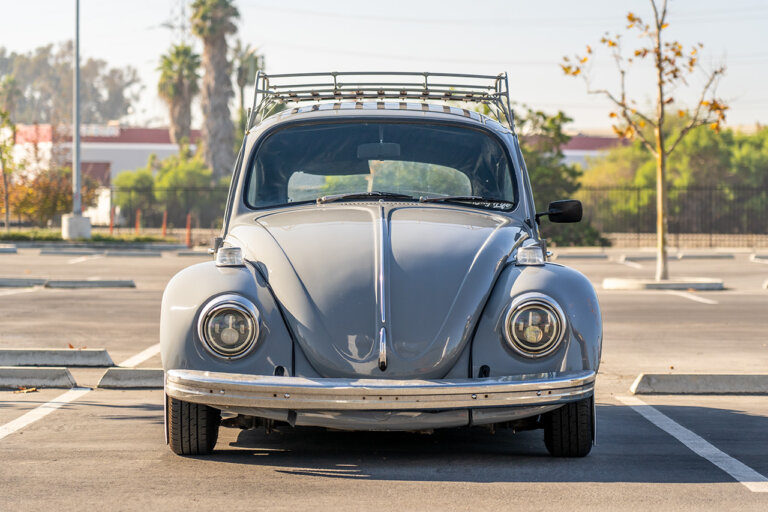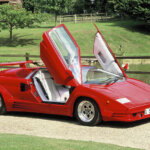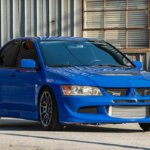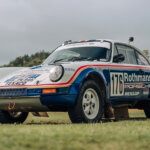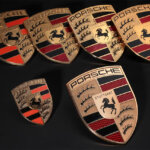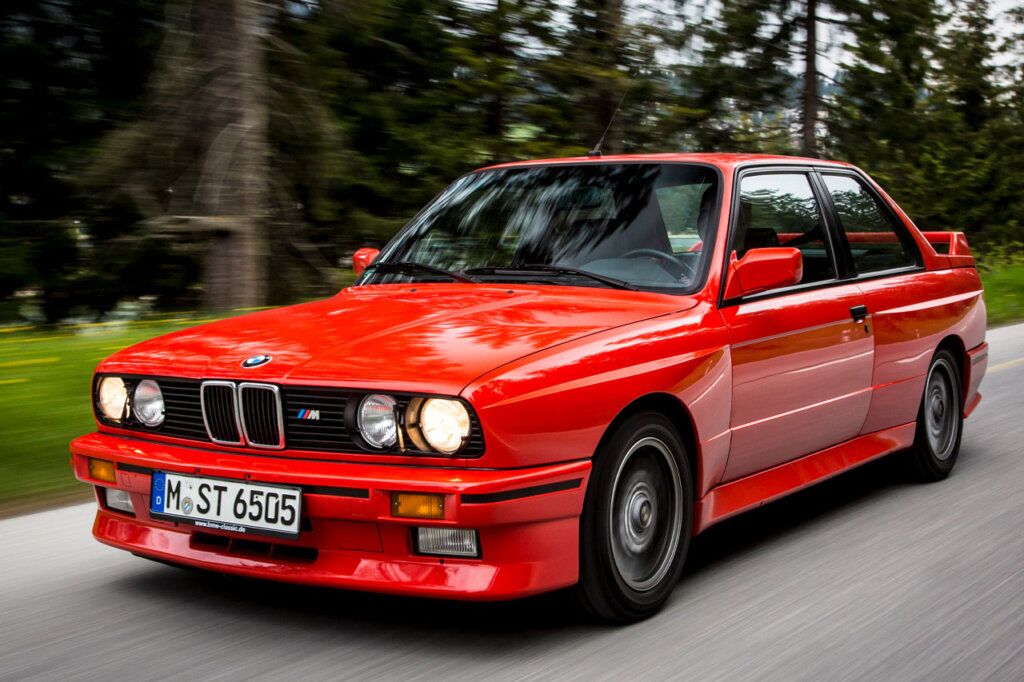
BMW has a very long and storied history that has undeniably brought forth a long standing tradition of car manufacturing excellence. BMW’s car production over the years had rendered some beautiful, top-of-the-line models that have not faded from the minds eye, and instead have gained cult followings and legendary statuses.
1. BMW E30 M3
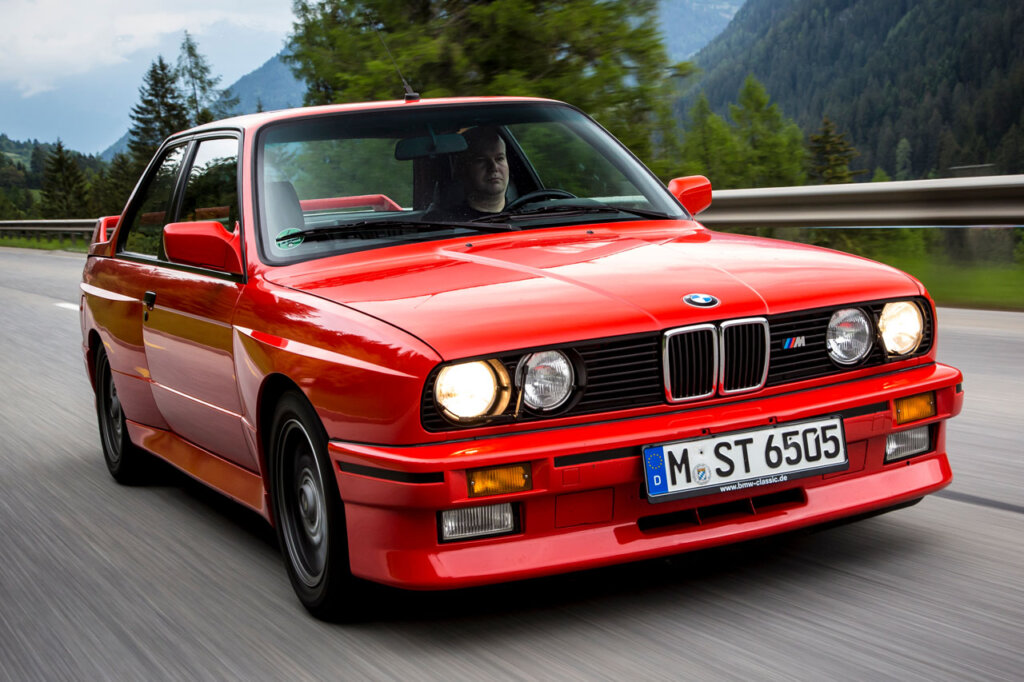
| BMW E30 M3 | EVOLUTION 1 | EVOLUTION 2 | SPORT EVOLUTION | |
| INTRODUCTION YEAR: | 1985 | 1987 | 1988 | 1990 |
| POWER OUTPUT: | 196 HP | 196 HP | 217 HP | 235 HP |
| TORQUE: | 177 lb-ft | 177 lb-ft | 180 lb-ft | 177 lb-ft |
| TOP SPEED: | 146 MPH | 146 MPH | 151 MPH | 154 mph |
| CURB WEIGHT: | 2734 lbs | 2734 lbs | 2646 lbs | 2646 lbs |
The BMW E30 M3 needs no introduction, it was just that good back in its heyday. Presented at the Frankfurt Motor Show in 1985, it became the first of the M3 line that everyone knows and loves and production began in 1986, ending in 1991. Originally intended to be a homologation to qualify for the Deutsche Tourenwagen Meisterschaft and Group A Touring rules, it differed significantly from the regular E30s, with changes to the body that improved aerodynamics, a brake system that as unique to the M3, a dogleg, close-ratio transmission (for the European version), and a BMW S14 four-cylinder engine pumping out 192 or 197 HP, depending on if it had a catalytic converter. The racing version of the 1988 M3’s 2.3 L naturally aspirated engine was rated at 296 hp, and would spawn the EVO1, EVO2, and Sport Evolution (EVO3) special editions to be able to stay competitive and to keep up with homologation rules. Each special edition would up the ante in terms of performance and visual changes and were sold in limited quantity with only 505 EVO1’s, 501 EVO2s, and 600 Sport Evolutions. As a result of these special editions, the BMW M3 was able to stay competitive and dominate in the motorsports world, winning the 24 Hours Nürburgring five times, the Spa 24 Hours four times, and even winning some rally titles against all-wheel drive cars and many touring car championships.
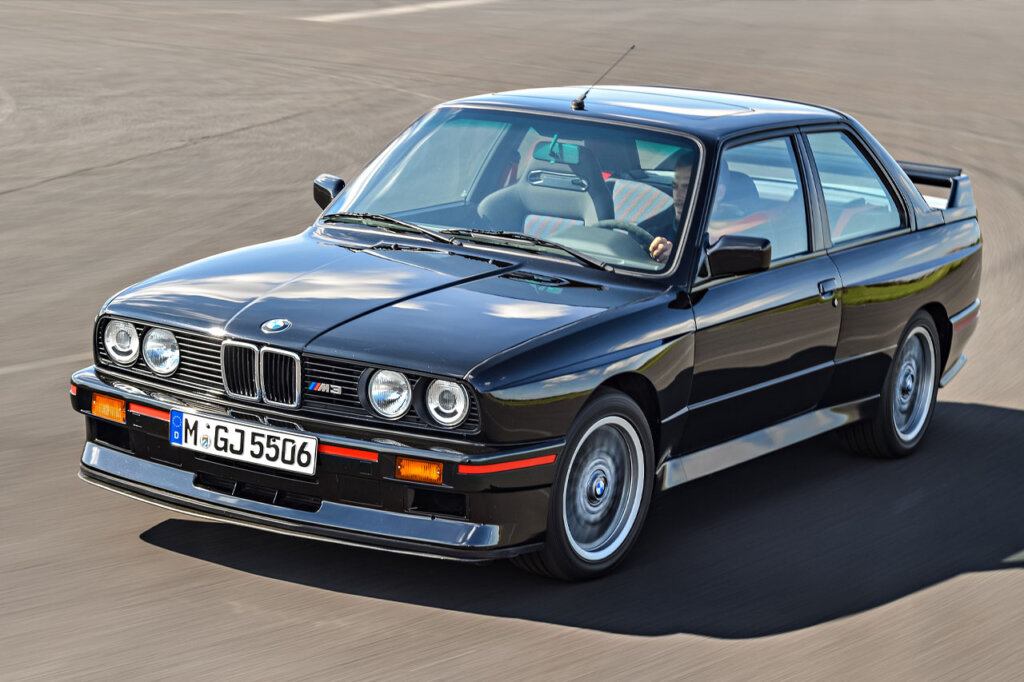
Photo Credit: BMW PressClub
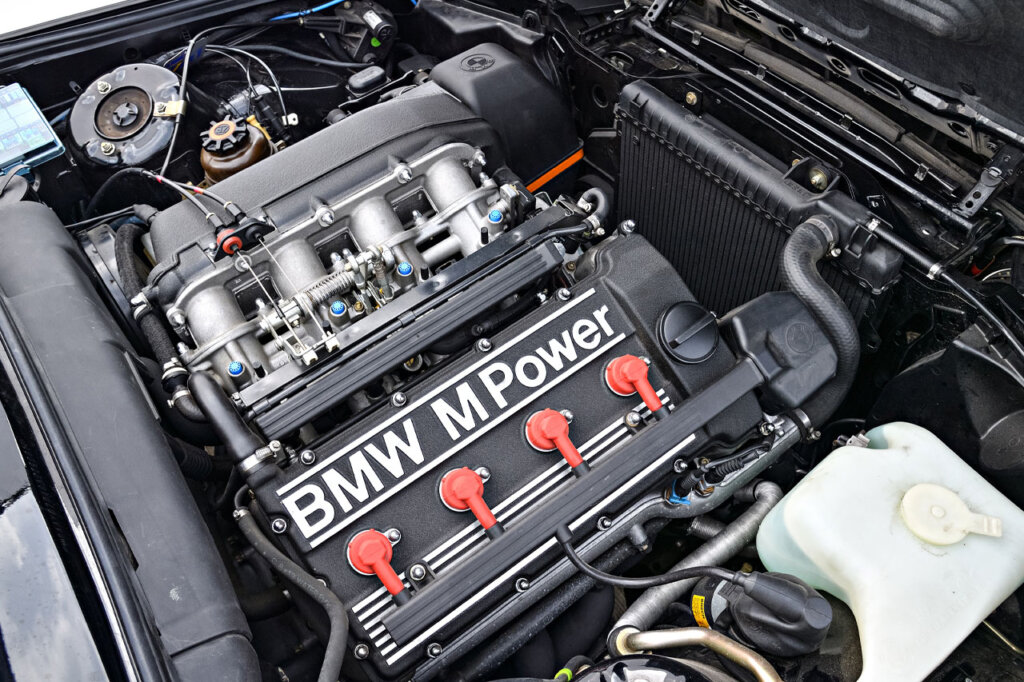
Photo Credit: BMW PressClub
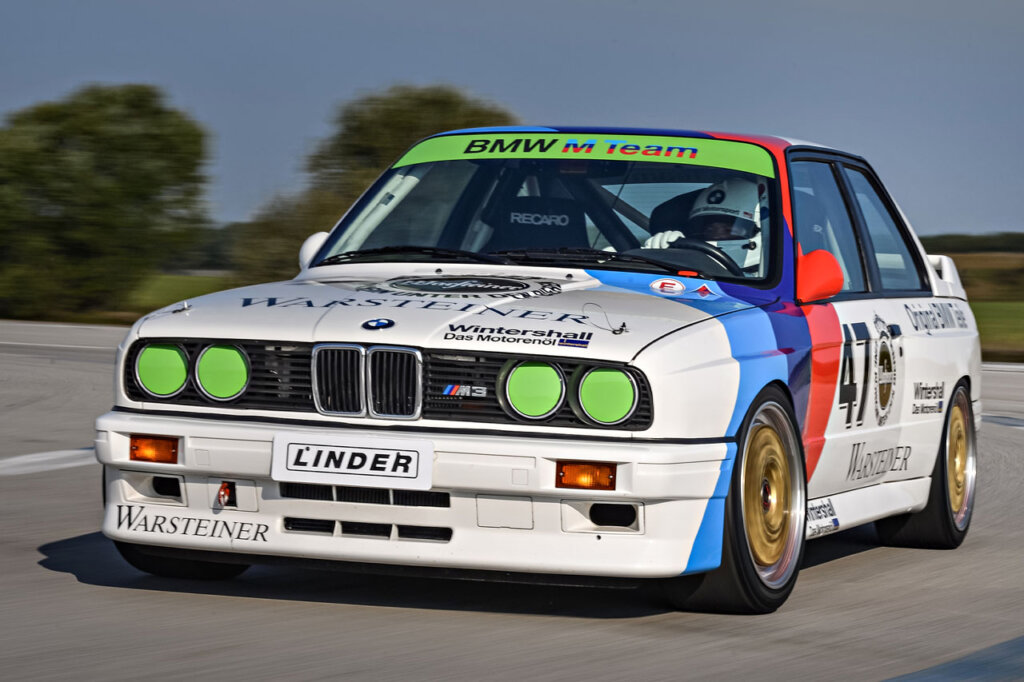
Photo Credit: BMW PressClub
2. BMW E9 3.0 CSL
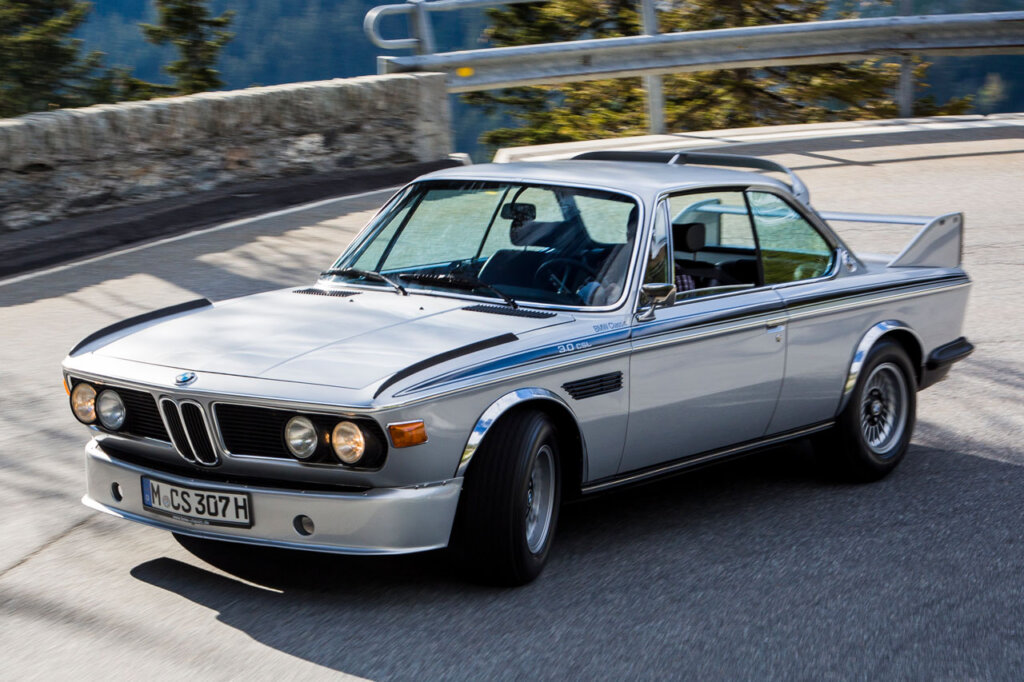
Photo Credit: BMW PressClub
| BMW E9 3.0 CSL | BMW E9 3.5 CSL | |
| INTRODUCTION YEAR: | 1973 | 1974 |
| POWER OUTPUT: | 196 HP | 440 HP |
| TORQUE: | 177 lb-ft | N/A |
| TOP SPEED: | 146 MPH | N/A |
| CURB WEIGHT: | 2734 lbs | 2315 lbs |
With the creation of BMW Motorsport in 1972, BMW wanted a division that would facilitate BMW’s racing program, and it’s first project was the creation of the 3.0 CSL. Based on the E9, it was a homologation special built to qualify for racing in the European Touring Car Championship, with only 1,265 built starting in 1972. The “L” in the name stands for leicht (light), and originally used the same engine as the 3.0 CS with a minor bump in power. In 1973, the engine was boosted with a more substantial increase in displacement from 3,003 cc to 3,153 cc. This version was homologated in July 1973 and featured an aerodynamic package that included a large air dam, short fins running along the front fenders, a spoiler above and behind the trailing edge of the roof, and a tall rear wing. The CSL 3.0 netted various motorsport wins. It competed in Group 2 form in the European Touring Car Championship, winning the Drivers title six times in the years 1973 and 1975 to 1979. It was raced in the IMSA GT Championship in 1975, winning several races during that season, and then went on to win three races in the 1976 World Championship for Makes in Group 5 with the 3.5 CSL. And with a nickname like “Batmobile” how could it not be in everyones top 5 BMWs list?
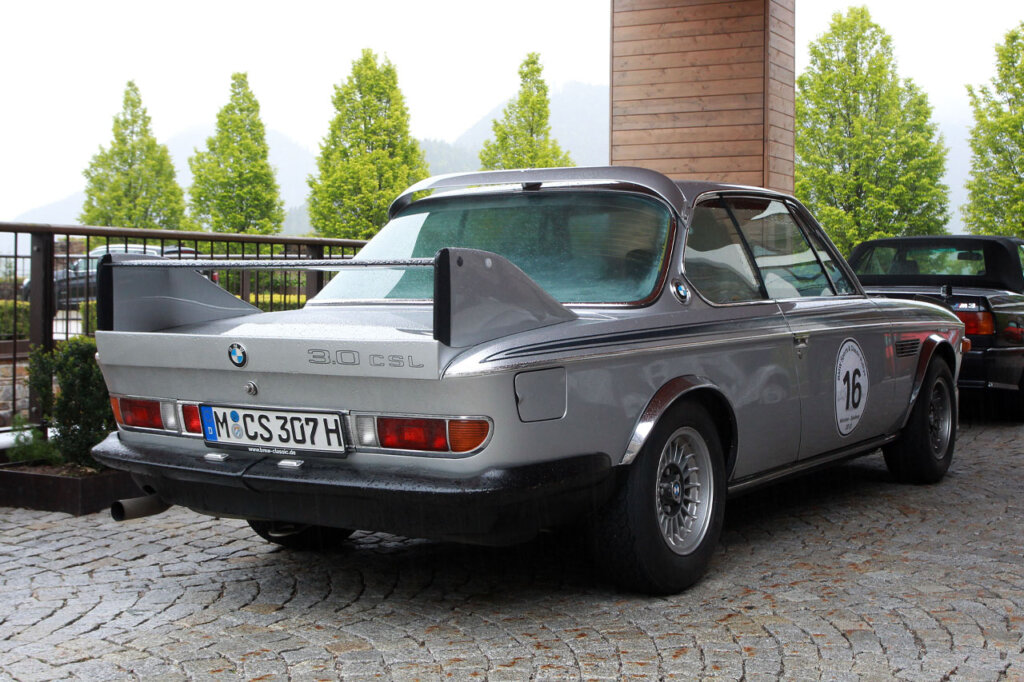
Photo Credit: BMW PressClub
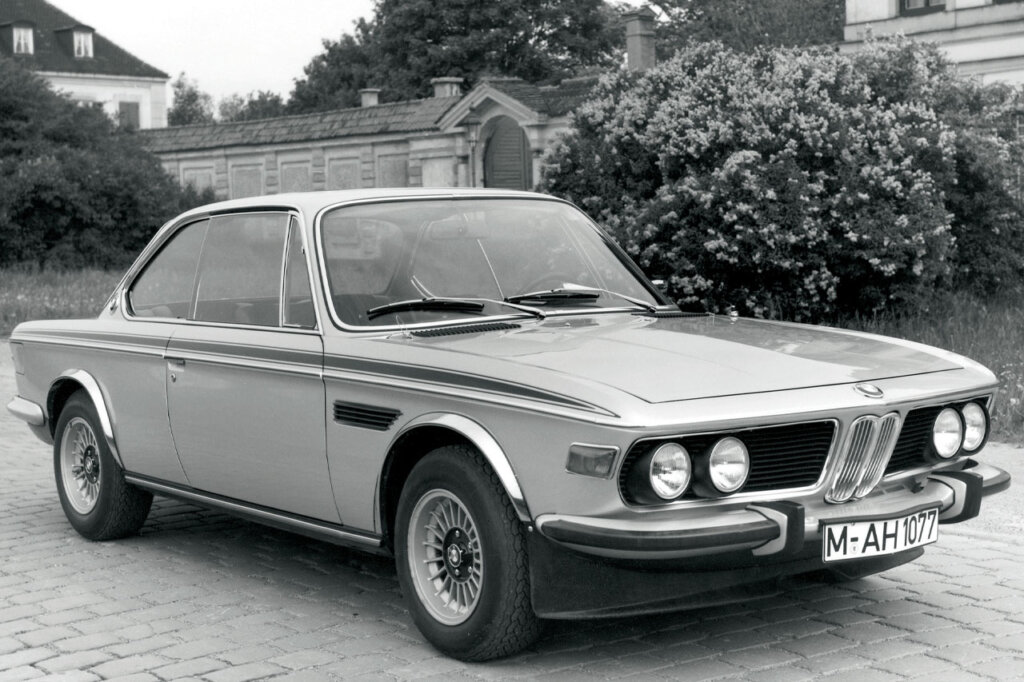
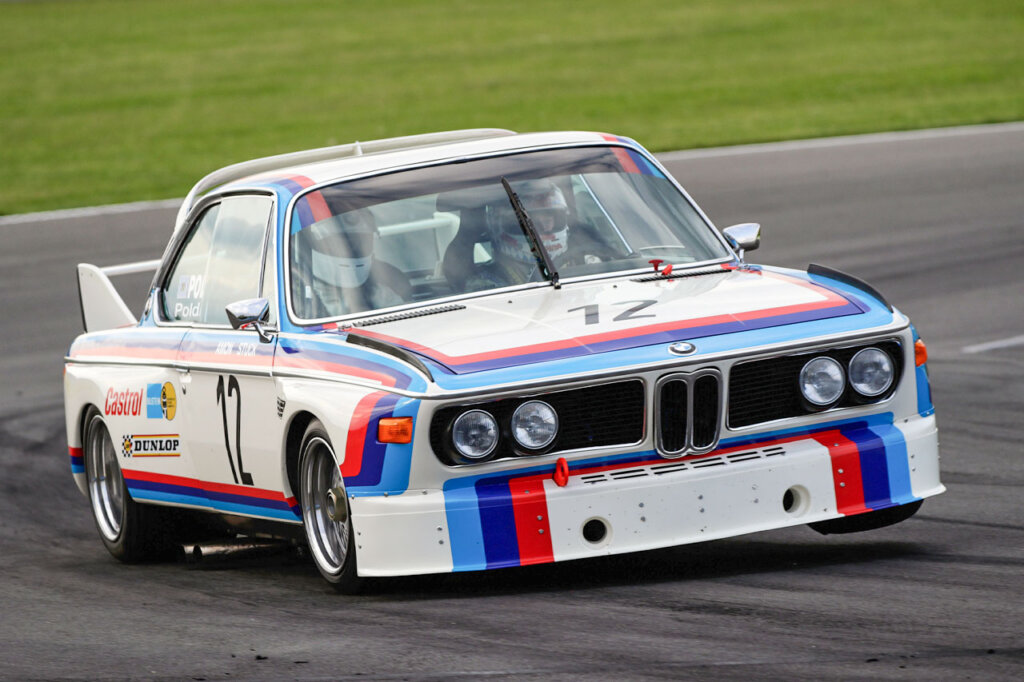
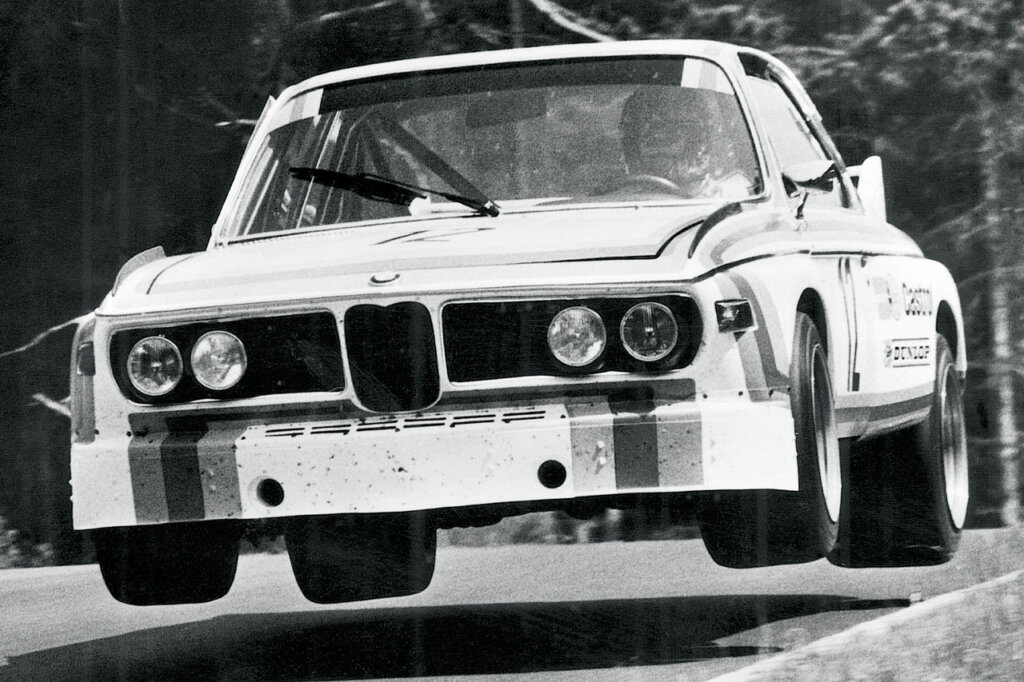
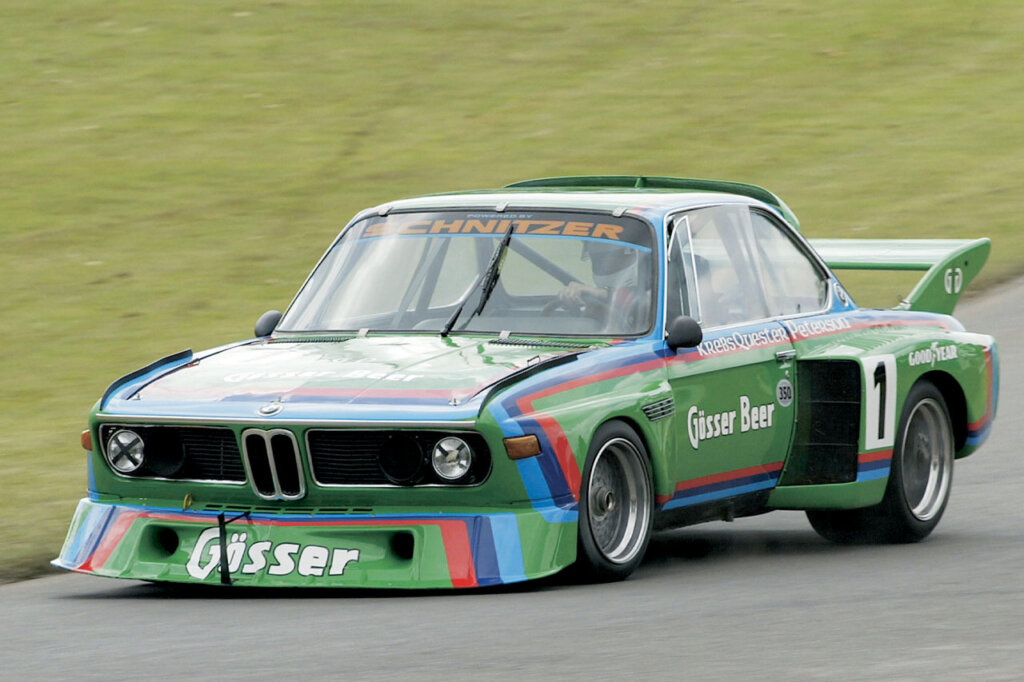
Photo Credit: BMW PressClub
3. BMW Isetta
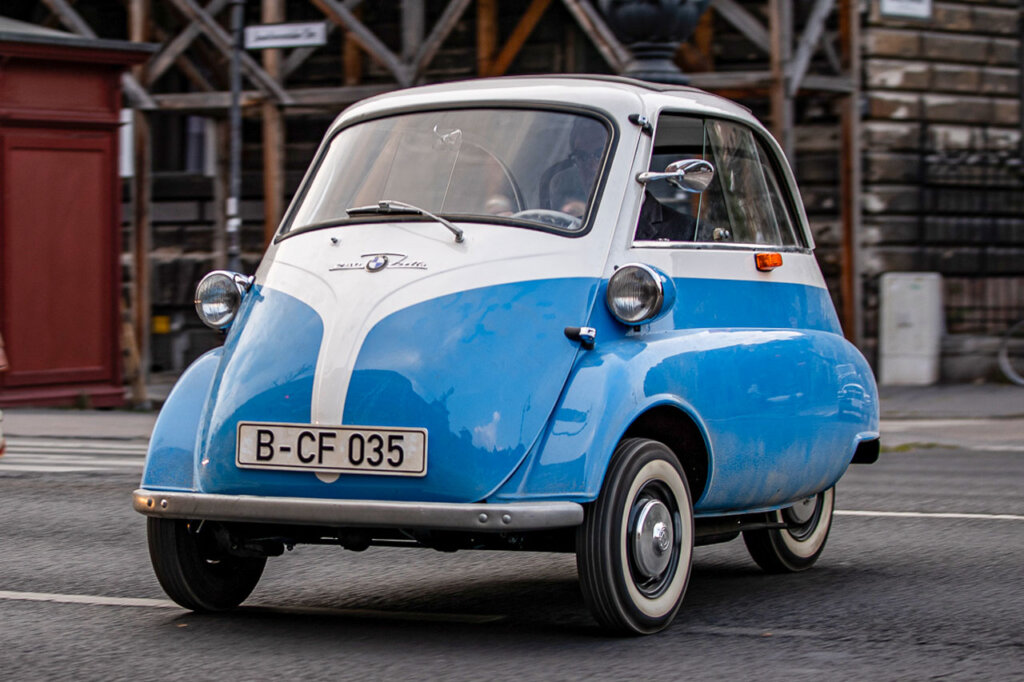
Photo Credit: BMW PressClub
| BMW ISETTA 250 | BMW ISETTA 300 | BMW ISETTA 600 | |
| INTRODUCTION YEAR: | 1955 | 1956 | 1957 |
| POWER OUTPUT: | 12 HP | 13 HP | 20 HP |
| TORQUE: | 10 lb-ft | 14 lb-ft | 28 lb-ft |
| TOP SPEED: | 53 MPH | 53 MPH | 64 MPH |
| CURB WEIGHT: | 794 lbs | 794 lbs | 1124 lbs |
No list like this is complete without the oddball BMW Isetta, first produced in April of 1955. While the Isetta wasn’t a BMW original, it was an Italian design licensed to many manufacturers, BMW’s version was the top-selling single-cylinder car in the world, with 161,728 units sold. While the design stayed true to the original Italian version, BMW re-engineered it so much that none of the parts were interchangeable between the BMW and Iso Isetta. The original Isetta’s 2-stroke split-single cylinder motorcycle engine was replaced with BMW’s own single cylinder 4-stroke pushing 250cc’s in the BMW Isetta 250. Following new German regulations, BMW upped the output to 300cc in 1956 for the BMW Isetta 300. Top speed stayed the same as the previous version, a whopping 53 mph, but it was able to better handle gradients. Finally, BMW would introduce the 600 Isetta in 1957, a much larger, more powerful version with a boxer engine pushing 640ccs and a new top speed of 64 MPH. This version was not very successful compared to its predecessors, ceasing production in 1959 with 35,000 produces. By the time the 600 was brought to market, people were looking into larger, more upscale models and it was facing stiff competition from other “bubble” cars like the VW Beetle.
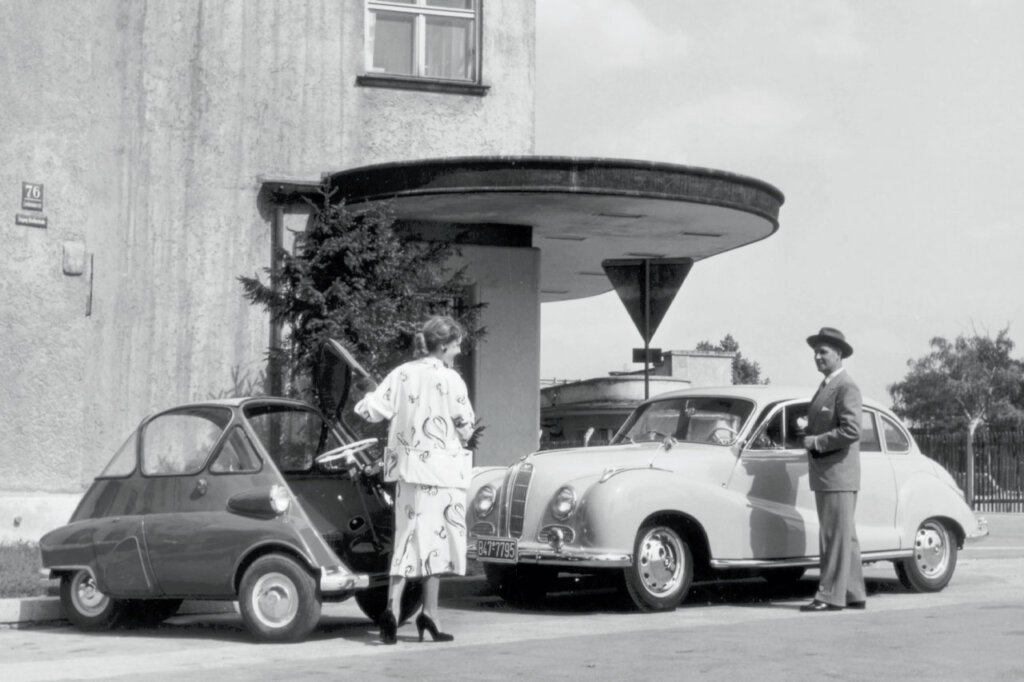
Photo Credit: BMW PressClub
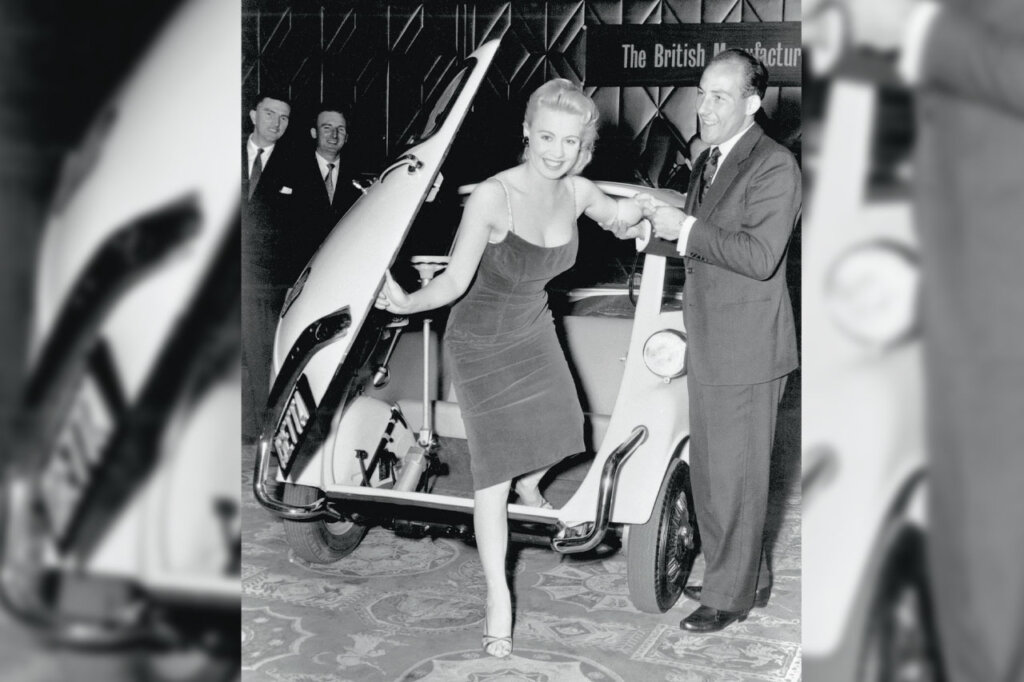
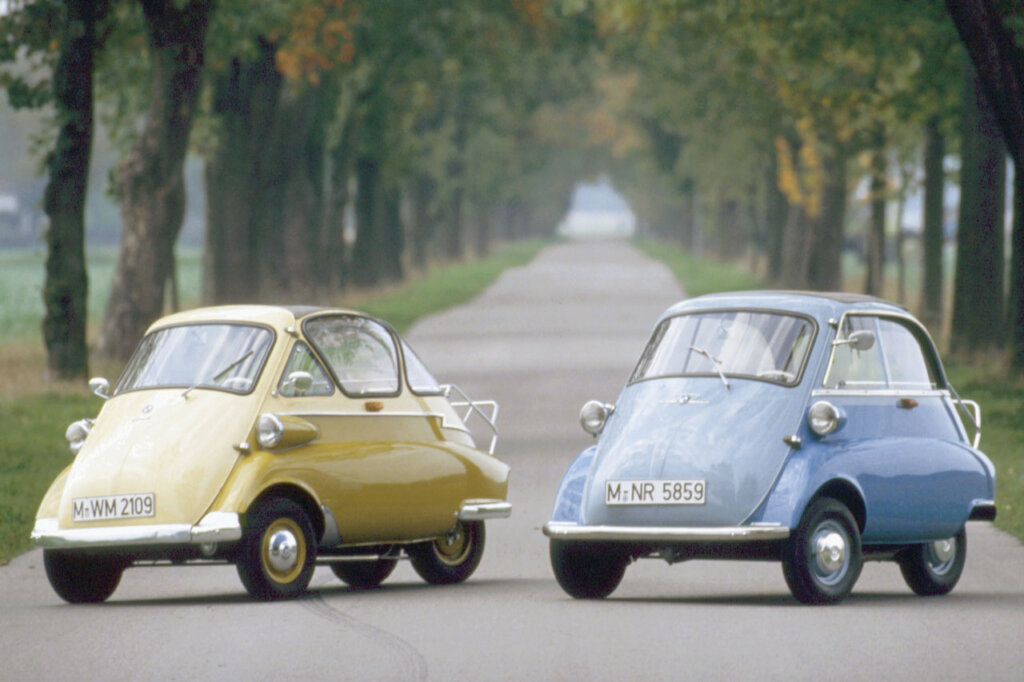
Photo Credit: BMW PressClub
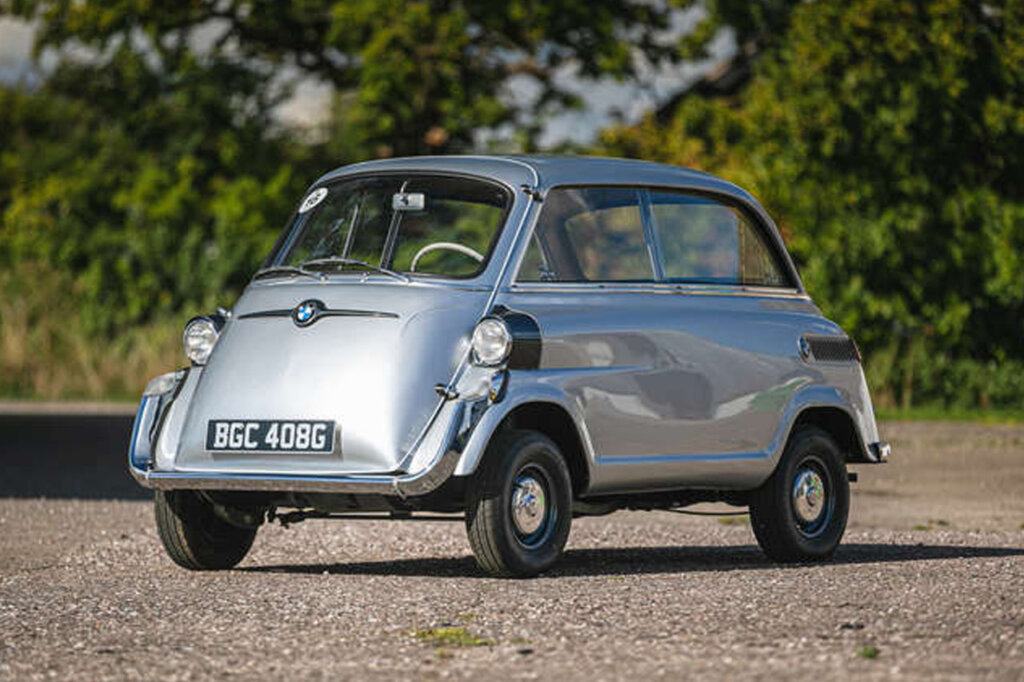
Photo Credit: Iconic Auctioneers
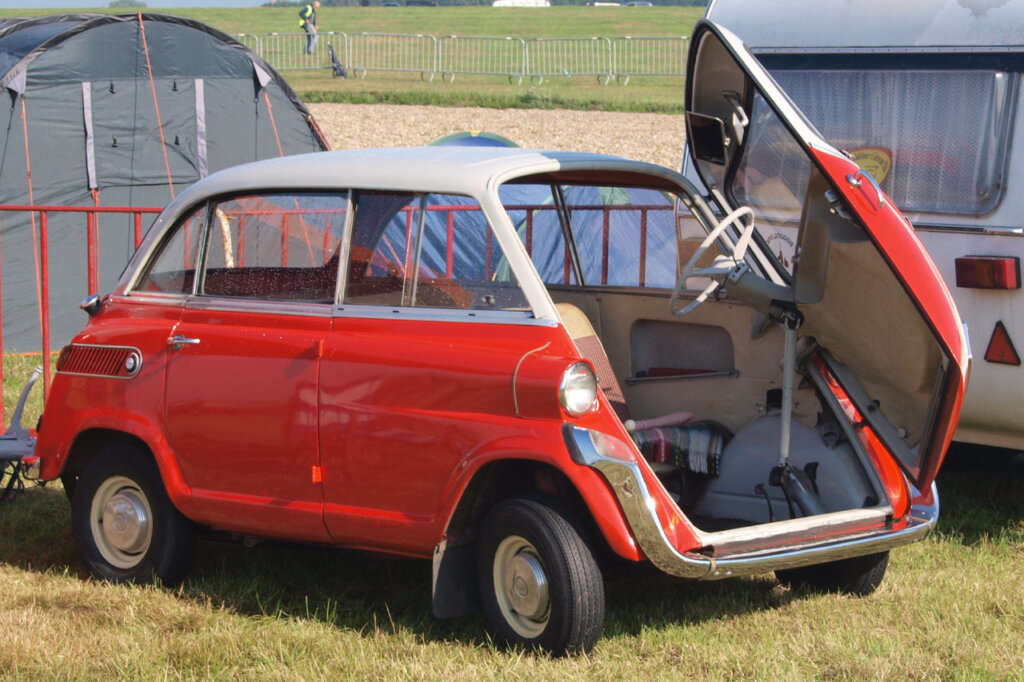
4. BMW E31 8-Series
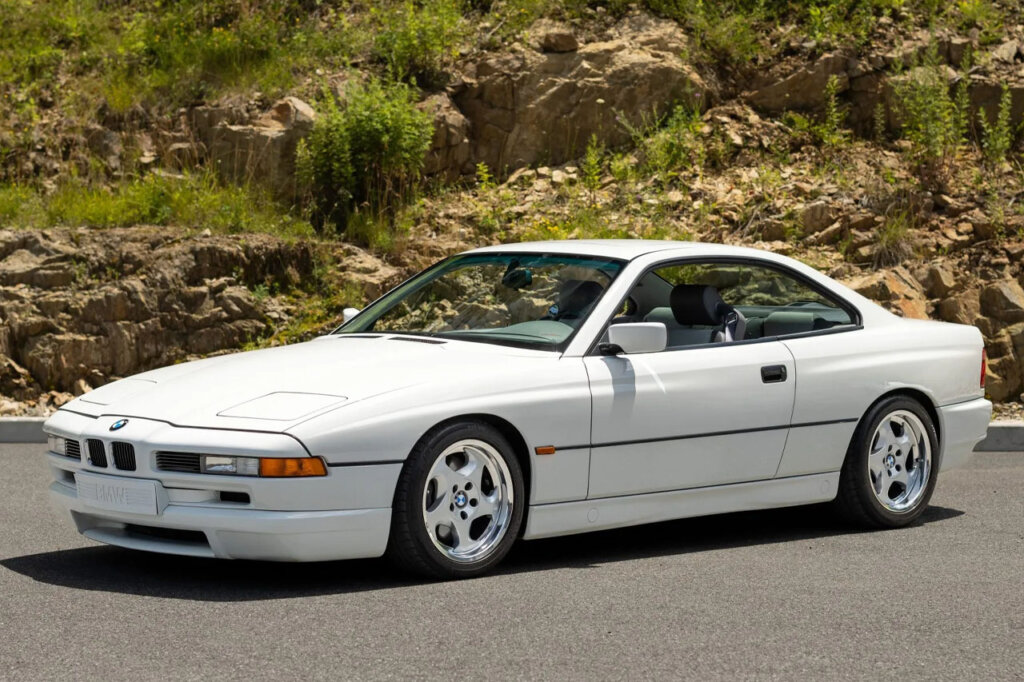
| BMW 840Ci | BMW 850Ci | BMW 850CSi | |
| INTRODUCTION YEAR: | 1995 | 1990 | 1992 |
| POWER OUTPUT: | 282 HP | 296 HP | 375 HP |
| TORQUE: | 309 lb-ft | 331 lb-ft | 405 lb-ft |
| TOP SPEED: | 155 MPH | 155 MPH | 155 MPH |
| CURB WEIGHT: | 4090 lbs | 3946 lbs | 4112 lbs |
The BMW E31 8-Series is one of those BMW’s that has kind of been forgotten yet still has a cult following because of it’s beauty and power. Introduced in at the 1989 Frankfurt Motor Show as the successor to the 6-Series and the first generation of the 8-Series, production began in 1990 with the 850i (renamed to the 850Ci later). The 850Ci boasted Germany’s 2nd post-war V12 in a road-going production model, with the 5.0-litre M70B50 V12 in the early models, and the M73B54 V12 in the later models throwing out about 300 HP. BMW would introduce the “entry” model 840Ci in 1995 with either a M60B40 or M62B44 V8 engine with 282 HP. The real deal however, was the 850 CSi brought to life in 1992. Not a full M car (This would be a big reason for why the E31 wasn’t as popular as it could’ve been) but still tuned by the M division so significantly that its engine had a new code; the S70B56, and the car’s VIN identifies the car as being built by BMW Motorsport (a WBS prefix) instead of BMW AG (WBA prefix). Now boasting 375 HP along with a suite of suspension and brake upgrades, it would last until 1996 when S70 engine could not be modified to comply with new emission regulations without significant changes. What could have been, however, would have made this car significantly more popular. The M8 never made it out of the prototype phase, and for a long time, BMW even denied the existence of a prototype until it was finally showed to journalists at the BMW Museum in Munich on July 2, 2010. It would have been a Ferrrari-fighter with a tuned S70 engine and various suspension, brake, and body modifications. The project would be canceled by BMW thanks the the economic recession of the 1990s and a perceived lack of a market for a high performance 8-series. All in all, a total of 30,609 E31’s would be made until it ceased all production in 1999.
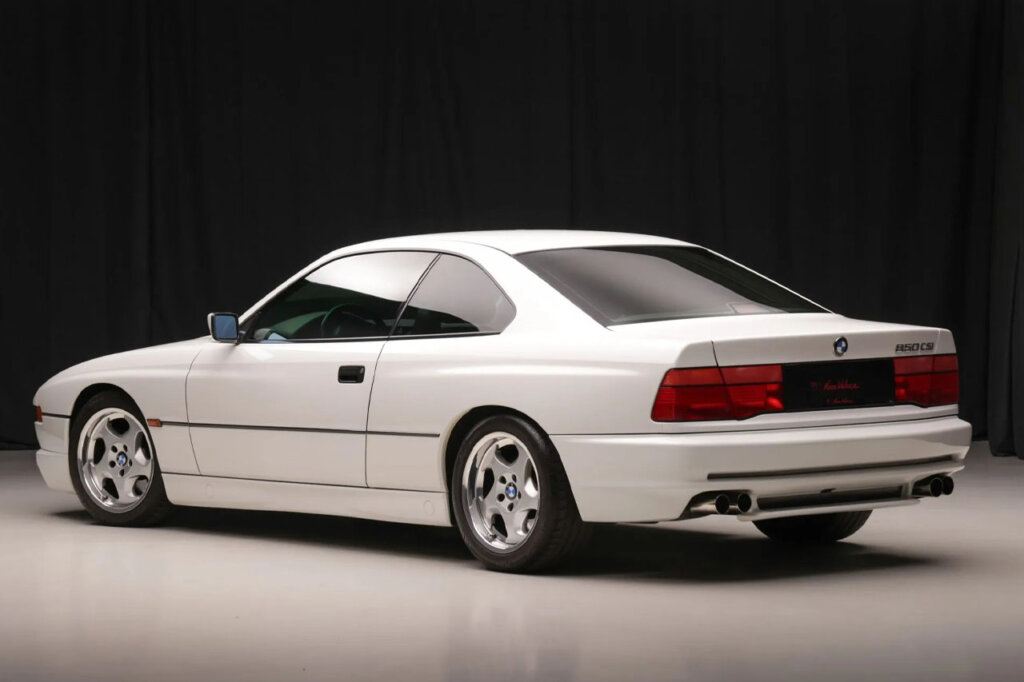
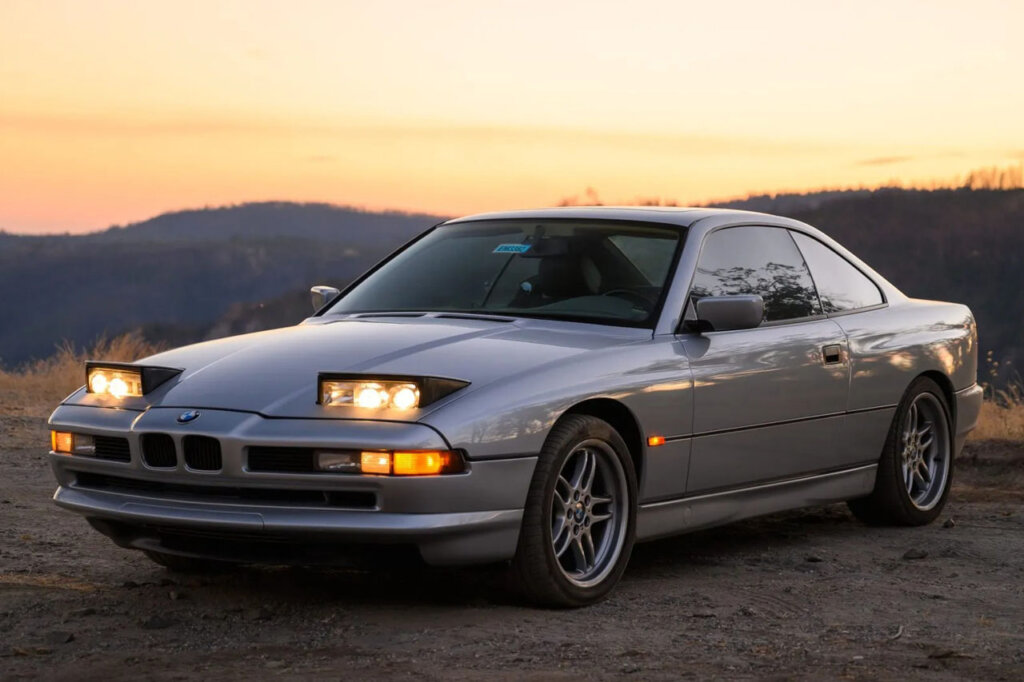
Photo Credit: Bring-A-Trailer and Exclusive Studio Garage
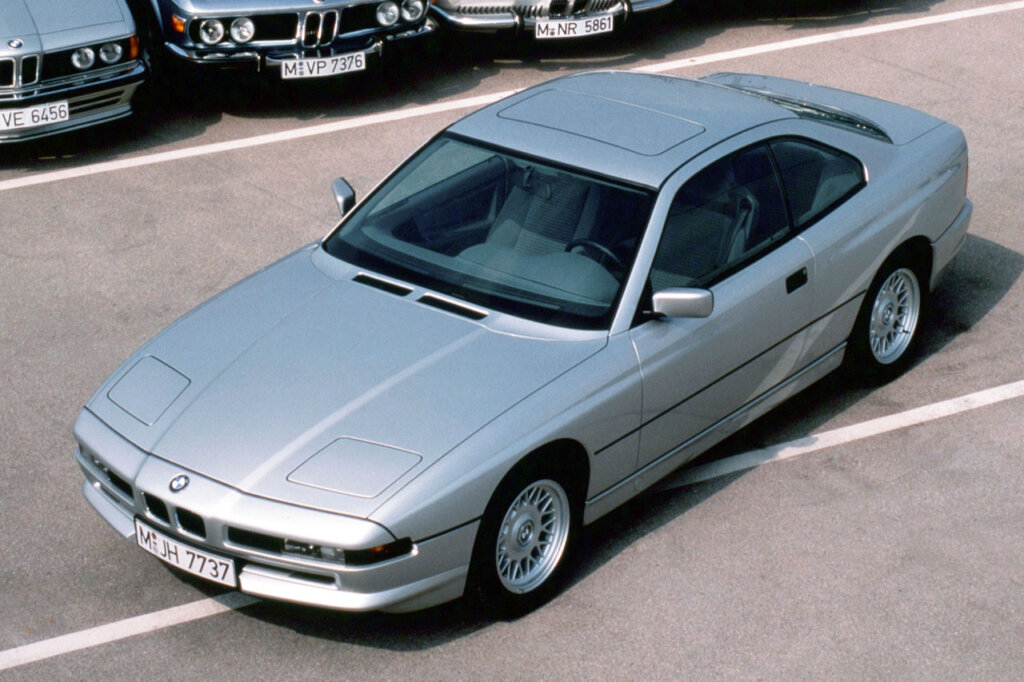
5. BMW 2002 Series
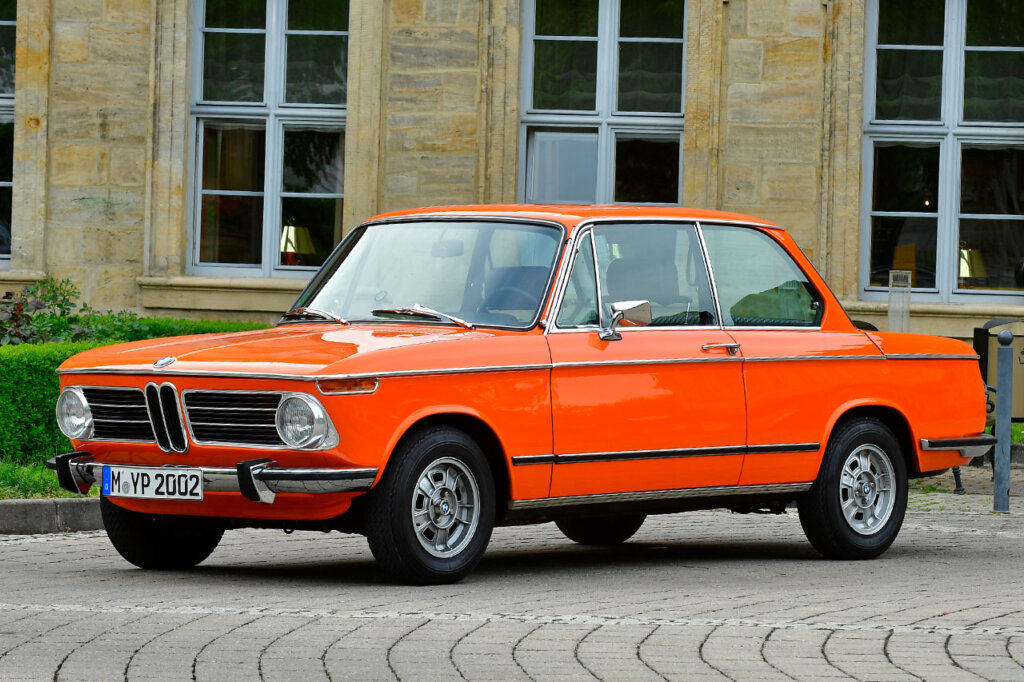
Photo Credit: BMW PressClub
| BMW 2002 | BMW 2002tii | BMW 2002 Turbo | |
| INTRODUCTION YEAR: | 1969 | 1971 | 1973 |
| POWER OUTPUT: | 100 HP | 128 HP | 168 HP |
| TORQUE: | 115 lb-ft | 131 lb-ft | 180 lb-ft |
| TOP SPEED: | 106 MPH | 115 MPH | 131 MPH |
| CURB WEIGHT: | 2070 lbs | 2310 lbs | 2381 lbs |
With the growing popularity of the BMW 1602 in the mid 60s, BMW introduced the 2002 series in 1969. Helmut Werner Bönsch, BMW’s director of product planning, and Alex von Falkenhausen, the designer of the M10 engine, each had modified their personal 1600-2 with a two-liter version of the M10 independently of each other. When they found out about the coincidence, the formulated a joint proposal for a 2-liter 1602. At the time, BMW resisted the idea, but with the added pressure of American importer Alex Hoffman also asking for a sportier version of the 1602 to be sold in the US, BMW caved and created the 2002. The the base model, single-carburetor 2002 produced 100 HP and the dual-carburetor high compression 2002 ti produced 118 HP. The 2002 ti would be replaced in 1971 with the 2002 tii, now making 128 HP and a top speed of 115 MPH. At the 1973 Frankfurt Motor Show, BMW would unleash the 2002 Turbo, Europe and BMW’s first turbo-charged production car. Now boosted to 168 hp and a new top speed of 131 MPH, it used the same 2002 tii engine but with a twin-scroll 0.55 Bar turbocharger developed together with KK&K. Further more, BMW upgraded the brakes, interior, body, and transmission to reflect the sportiness of this new version. Because it was introduced right before the 1973 oil Crisis, only 1,672 were built. The 2002 series was active on the motorsport world between 1968 and 1986. Some of its notable wins includes Hans-Joachim Stuck and Clemens Schickentanz win at the inaugural 1970 24 Hours Nürburgring, the 1973 Austrian Rally 9th round of the inaugural World Rally Championship season, and a win at the European Rally Championship in 1971.
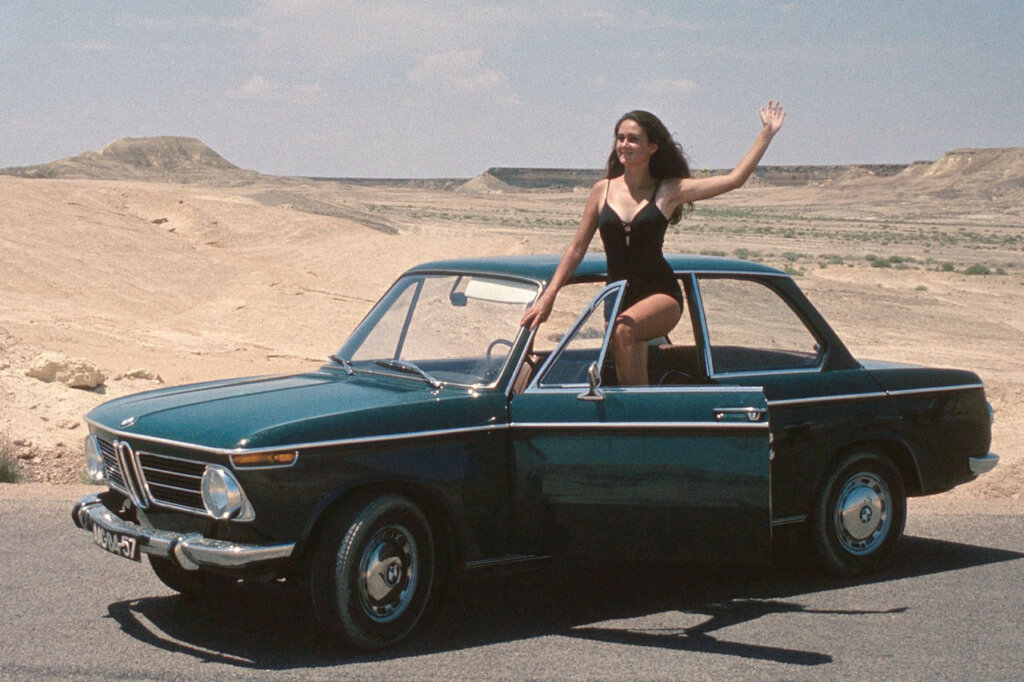
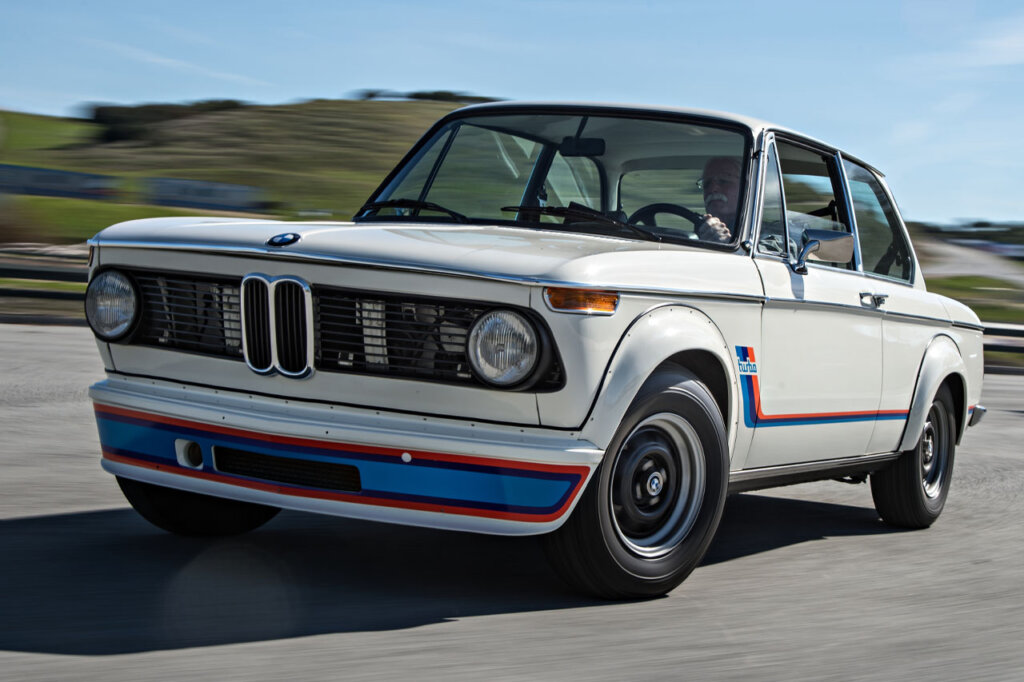
Photo Credit: BMW PressClub
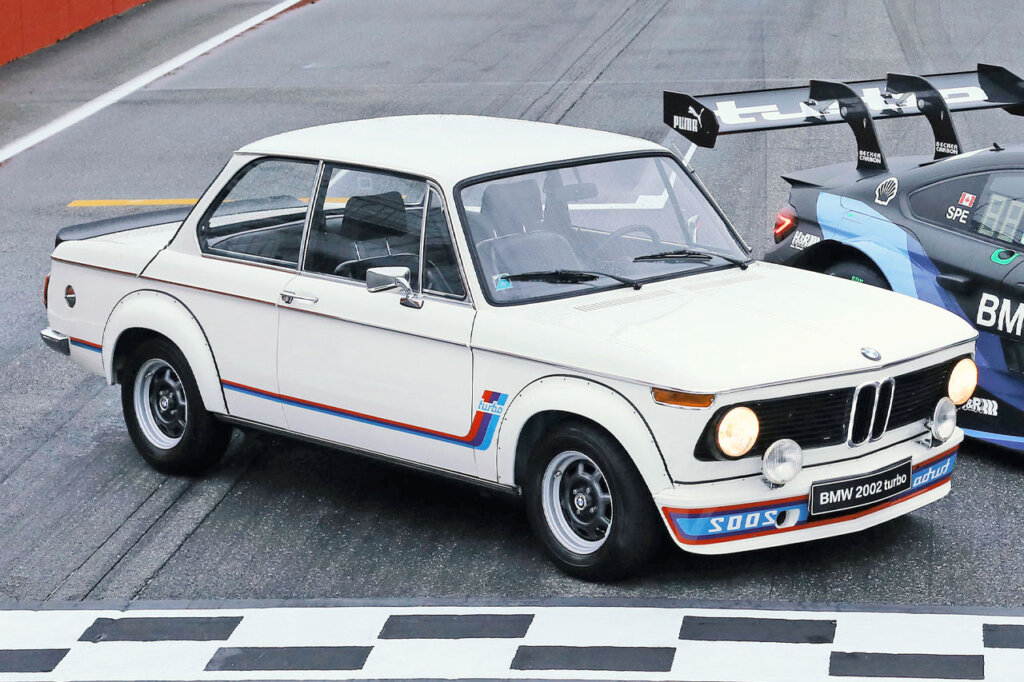
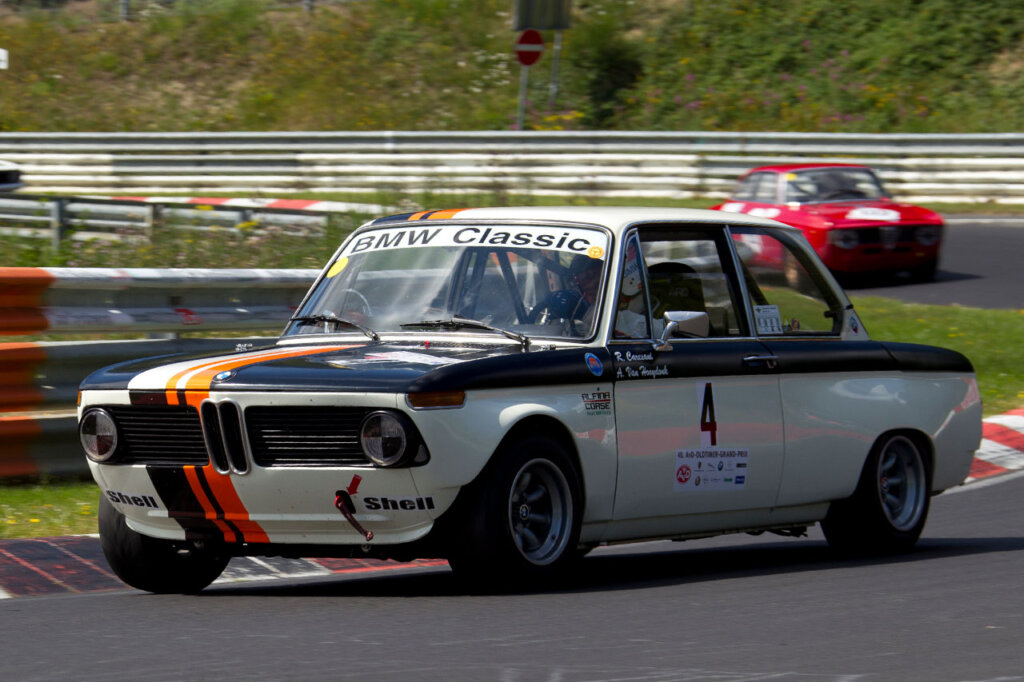
Formulating a top 5 iconic BMWs list that everyone one can agree on is nigh impossible, with BMW having made so many important vehicles, not everyone will agree with these choices. But these ones in particular tend to be the ones pointed to the most for their motorsports history, ground-breaking technological advancements, performance, or just their strangeness that cultivated a cult following over the years. Whatever your list may be, we are sure owning any of these BMWs would be a dream come true for any automotive fan.

